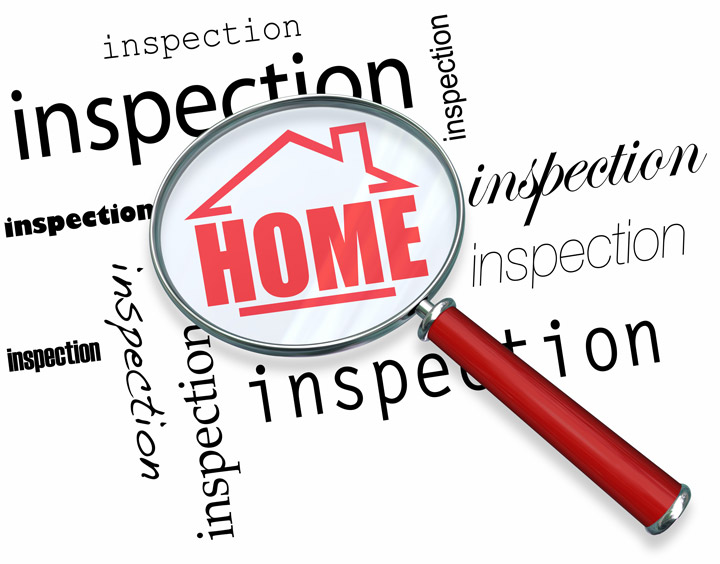
Understanding the Appraisal ProcessBuying a home can be the largest transaction many will ever encounter. It doesn't matter if a main residence, an additional vacation property or one of many rentals, purchasing real property is a complex transaction that requires multiple parties to pull it all off. You're probably familiar with the parties taking part in the transaction. The real estate agent is the most recognizable entity in the exchange. Next, the bank provides the money necessary to bankroll the deal. The title company ensures that all requirements of the sale are completed and that the title is clear to transfer to the buyer from the seller. So, who's responsible for making sure the real estate is worth the amount being paid? This is where the appraiser comes in. We provide an unbiased estimate of what a buyer could expect to pay — or a seller receive — for a property, where both buyer and seller are informed parties. A licensed, certified, professional appraiser from Young Real Estate Appraisals will ensure, you as an interested party, are informed. Inspecting the subject propertyOur first duty at Young Real Estate Appraisals is to inspect the property to determine its true status. We must see features hands on, such as the number of bedrooms and bathrooms, the location, amenities, etc., to ensure they indeed are present and are in the condition a reasonable buyer would expect them to be. The inspection often includes a sketch of the property, ensuring the square footage is correct and illustrating the layout of the property. Most importantly, we identify any obvious features - or defects - that would have an impact on the value of the house. Back at the office, we use two or three approaches to determining the value of real property: paired sales analysis and, in the case of a rental property, an income approach. 
Replacement CostHere, the appraiser analyzes information on local building costs, the cost of labor and other factors to calculate how much it would cost to replace the property being appraised. This value commonly sets the maximum on what a property would sell for. The cost approach is also the least used method. 
Analyzing Comparable SalesAppraisers are intimately familiar with the communities in which they work. They innately understand the value of certain features to the residents of that area. Then, the appraiser researches recent sales in the vicinity and finds properties which are 'comparable' to the property in question. Using knowledge of the value of certain items such as square footage, extra bathrooms, hardwood floors, fireplaces or view lots (just to name a few), we add or subtract from each comparable's sales price so that they more accurately match the features of subject.
An opinion of what the subject might sell for can only be determined once all differences between the comps and the subject have been evaluated. At Young Real Estate Appraisals, we are an authority in knowing the worth of real estate features in Palm Desert and Riverside County neighborhoods. This approach to value is usually awarded the most weight when an appraisal is for a real estate exchange. Valuation Using the Income ApproachA third way of valuing a property is sometimes used when a neighborhood has a measurable number of rental properties. In this situation, the amount of income the property generates is taken into consideration along with income produced by comparable properties to determine the current value. Putting It All TogetherCombining information from all approaches, the appraiser is then ready to document an estimated market value for the property at hand. It is important to note that while the appraised value is probably the most accurate indication of what a property is worth, it probably will not be the price at which the property closes. Depending on the individual circumstances of the buyer or seller, their level of urgency or a buyer's desire for that exact property, the closing price of a home can always be driven up or down.But the appraised value is often employed as a guideline for lenders who don't want to loan a buyer more money than the property is actually worth. At the end of the day, an appraiser from Young Real Estate Appraisals will help you get the most accurate property value, so you can make wise real estate decisions. |